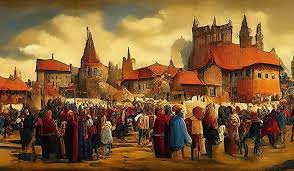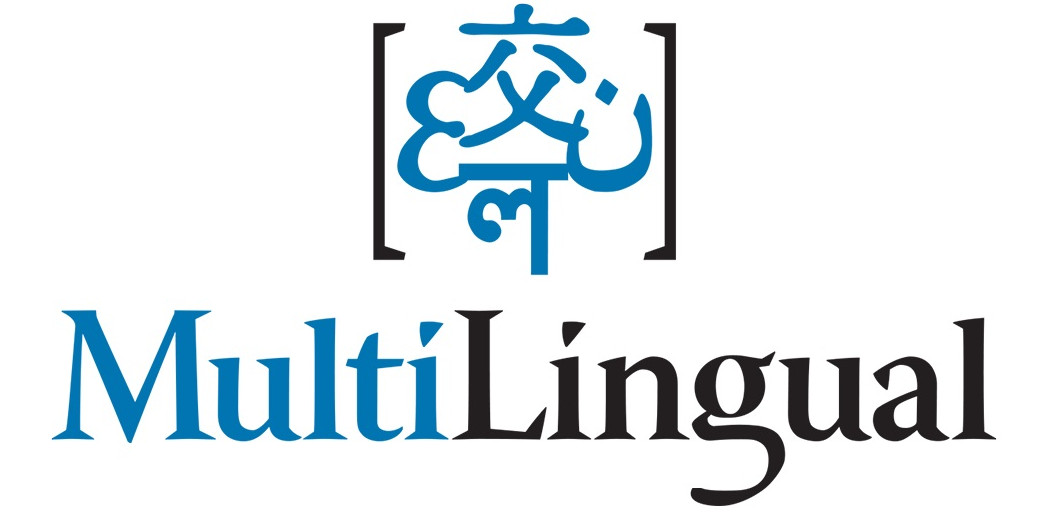
Julia Tusha B5
MIDDLE AGES
The period of European history between the fall of Rome in 476 CE and the beginning of the Renaissance in the 14th century from about 500 to 1400–1500 is often referred to as the «Middle Ages.» However, this label can be misleading and diminish the importance of this era. A more accurate term would be the «medieval period,» recognizing it as a significant and distinct time in history deserving of its own identity. Although once regarded as a time of uninterrupted ignorance, superstition, and social oppression, the Middle Ages are now understood as a dynamic period during which the idea of Europe as a distinct cultural unit emerged.
During late antiquity and the early Middle Ages, political, social, economic, and cultural structures were profoundly reorganized, as Roman imperial traditions gave way to those of the Germanic peoples who established kingdoms in the former Western Empire. New forms of political leadership were introduced, the population of Europe was gradually Christianized, and monasticism was established as the ideal form of religious life. These developments reached their mature form in the 9th century during the reign of Charlemagne and other rulers of the Carolingian dynasty, who oversaw a broad cultural revival known as the Carolingian renaissance.
The period was marked by economic and territorial expansion, demographic and urban growth, the emergence of national identity, and the restructuring of secular and ecclesiastical institutions. It was the era of the Crusades, Gothic art and architecture, the papal monarchy, the birth of the university, the recovery of ancient Greek thought, and the soaring intellectual achievements of St. Thomas Aquinas.
Feudalism and Society:
Feudalism: The dominant social structure where land was exchanged for military service and loyalty. Kings granted land (fiefs) to lords, who, in turn, granted smaller portions to vassals and knights.
Social Hierarchy: Society was hierarchical, with kings and nobles at the top, followed by knights, clergy, and peasants. Serfs were at the bottom, bound to the land they worked on.
Religion and Culture:
The Church: The Catholic Church was a central institution, influencing both religious and political life. Monasteries preserved knowledge and were centers of learning.
Art and Architecture: Romanesque and Gothic styles flourished. Cathedrals, like Notre Dame, were architectural marvels, and illuminated manuscripts showcased exquisite artistry.
Economy and Trade:
Agriculture: The economy was primarily agrarian, with most people working on farms.
Trade: Trade routes expanded, linking Europe with Asia, Africa, and the Middle East. Cities grew around trade hubs.
Events and Developments:
Crusades: Religious wars fought between Christians and Muslims over control of holy sites in the Middle East.
Black Death: A devastating pandemic that swept through Europe in the 14th century, resulting in a significant loss of life.
Renaissance: The end of the Middle Ages saw the beginning of the Renaissance, characterized by renewed interest in art, culture, and science.
Notable Figures:
Charlemagne: King of the Franks and later crowned Emperor of the Romans, known for his efforts to unite Western Europe.
Joan of Arc: A peasant girl who led the French army to several victories during the Hundred Years” War and was later executed.
William the Conqueror: Duke of Normandy who invaded England and became King after the Battle of Hastings in 1066.
Sources:
- https://en.wikipedia.org/wiki/Middle_Ages
- https://www.history.com/topics/middle-ages/middle-ages
- https://www.britannica.com/topic/history-of-Europe/The-Middle-Ages
- https://study.com/academy/lesson/major-events-in-the-middle-ages.html

